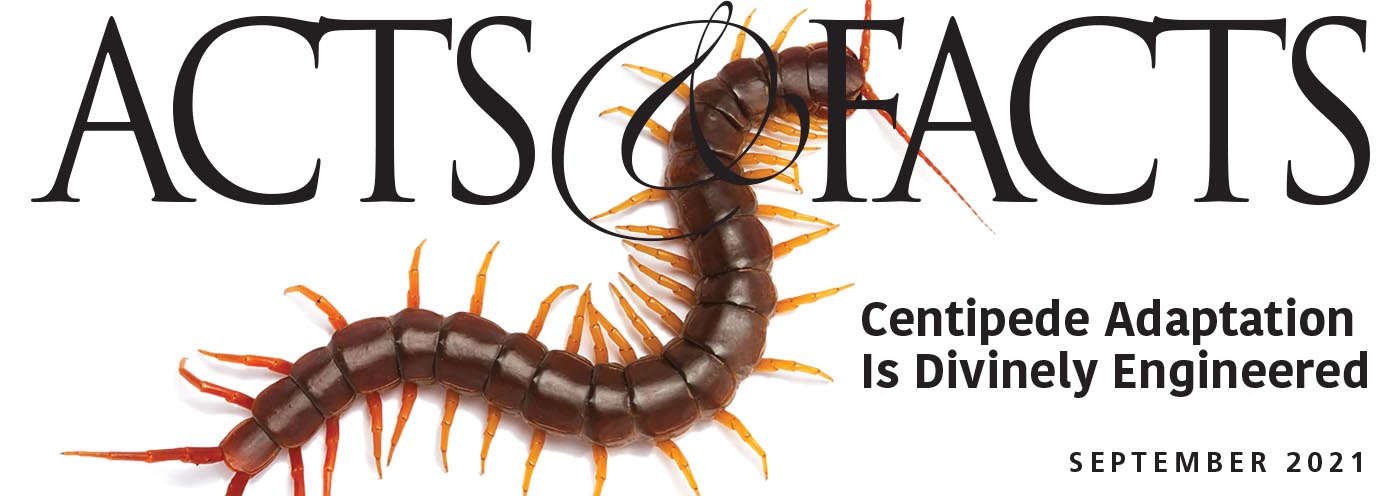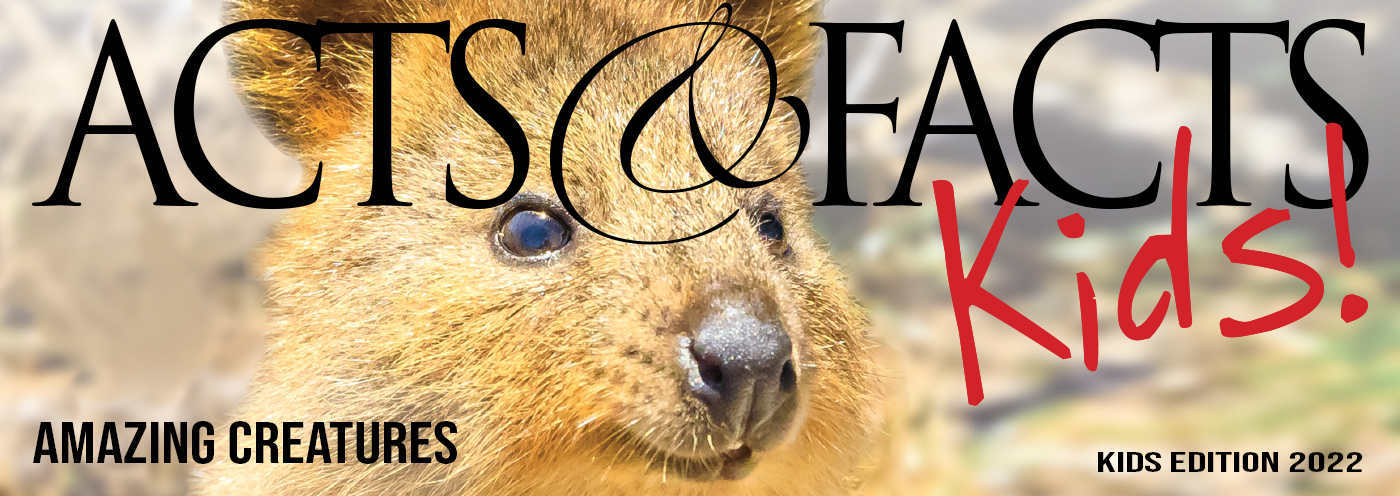Fossils sometimes capture brief, fleeting moments. Pterosaur footprints, raindrop craters, ripple marks, and half-swallowed fish adorn Earth's layers. And now researchers have discovered a baby ichthyosaur, an extinct fish-like reptile, halfway in and out of its mother's body. Though fossilization tragically ended the baby's transition from the womb, could this specimen support the story that a land reptile evolved into the first ichthyosaur?
The rare find was one of 80 fossils of Chaohusaurus, a small variety of ichthyosaur, described in PLOS ONE.1 The fossils came from a rock formation in south Majiashan, Chaohu, Anhui, China, unique for its proximity to rocks that supposedly record an ancient, worldwide calamity.
Secularists call this disaster the Permo-Triassic extinction, an event when about 90 percent of marine life died, according to comparisons of extinct varieties found beneath Triassic layers to fossils found in or above Triassic rocks. Among the 10 percent of surviving creatures paleontologists hope to find fossil examples of evolutionary adaptations—creatures that morphed their bodies into forms that thrived in the supposedly ancient, post-apocalyptic environment.
When first explored, expectations for the Chaohu site were high. University of California, Davis, paleontologist Ryosuke Motani told Science, "We expect to find new species here," that he felt would consist of "forms marking the land-sea transition."2 The journal reported Peking University's Jiang Da-yong saying, "We hope to find the oldest marine reptiles. Then we'll look for signs of their ancestors."2
What should those supposed ancestors look like? The standard story describes ancient land reptiles that evolved into the three main extinct marine reptile groups: mosasaurs, plesiosaurs, and ichthyosaurs. Because the fossils do not show any of these transitions, "scientists can only imagine what sort of animals ventured into the sea and evolved."2
Hence, the intense interest in Chaohu. Paleontologist Nick Fraser, of National Museums Scotland in Edinburgh, told Science, "This is where the fossils have to be."2
That was in 2010. Now, it's time for the fossils to begin telling their stories. What do the PLOS ONE study authors finally reveal?
In a nutshell, they noticed that the little ichthyosaurs were exiting the mother headfirst. That's a breach position for most marine creatures, which would drown if they became stuck in the birth canal and could not quickly surface for their first breath. However, headfirst births are normal for land animals (except giraffes). The study authors argued that a headfirst birth in Chaohusaurus is probably an evolutionary leftover from when their ancestors supposedly lived on land.
After all of those high expectations, is that all they could conjure?
Two observations undermine their argument and introduce the possibility that Chaohu fossils, like every other Triassic fossil found to date, fail to present any undisputed evidence supporting a land-to-sea reptile transition.
First, the authors' argument depends on these babies being preserved in a live-birth position and not having squeezed out after the mother died. They wrote, "Considering these factors, we conclude that the mother likely died in labor."1 What factors? One baby was already completely outside the mother's body, and the other two were "near the pelvic girdle."1 Frankly, these factors just as easily fit a different scenario where the same weight of overlying sediment that squished the mother's body and forced her sacral ribs over her spine also squeezed the baby ichthyosaurs out—not necessarily a normal birth.
One baby's head is actually among the mother's vertebrae. Does that normally happen during labor?
Second, the study authors ironically listed creatures with successful, though uncommon, underwater breach births, including the yellow-bellied sea snake and white whale.1 If there are numerous examples of both marine and land creatures that give birth headfirst and others that give birth tailfirst, then how can it be argued that one evolved into the other?
While the rarity of an ichthyosaur fossil baby frozen halfway inside its mother is remarkable, it seems to fall short of the expected demonstration of evolutionary transitions in the lower Triassic. The ichthyosaur varieties the research team studied were already fully adapted to marine life before being catastrophically buried. In 2010 Science wrote, "The origins of marine reptiles are an enigma"2—still an accurate description for those who refuse to consider origins by divine creation.
References
- Motani, R. et al. 2014. Terrestrial Origin of Viviparity in Mesozoic Marine Reptiles Indicated by Early Triassic Embryonic Fossils. PLoS ONE. 9 (2): e88640.
- Stone, R. 2010. Excavation Yields Tantalizing Hints Of Earliest Marine Reptiles. Science. 330 (6008): 1164-1165.
* Mr. Thomas is Science Writer at the Institute for Creation Research.
Article posted on March 5, 2014.
















